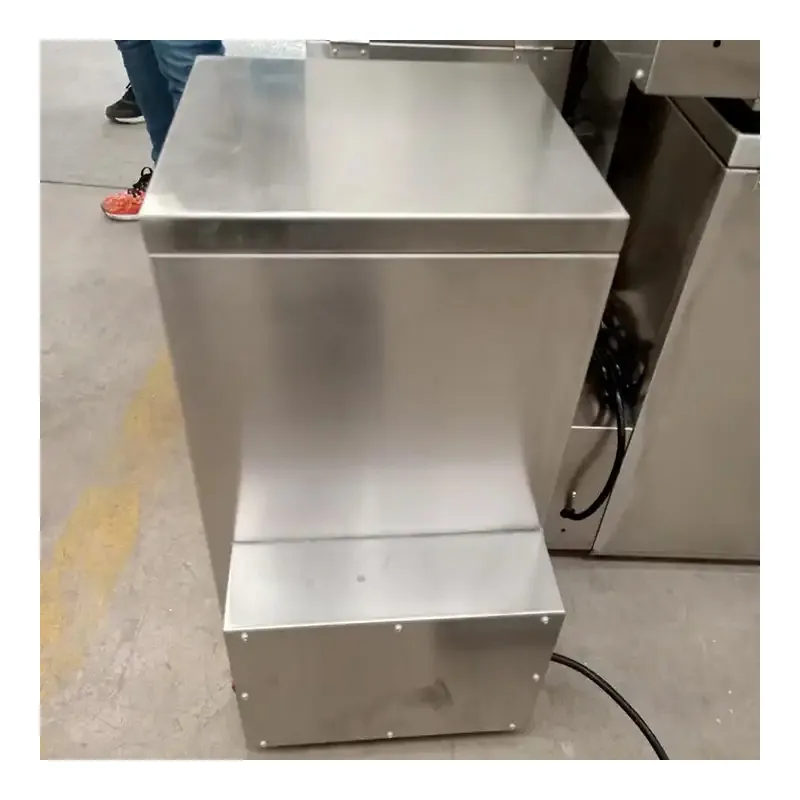Exploring the Benefits and Challenges of H Type Chicken Cages for Modern Poultry Farming
Jul . 31, 2024 05:55 Back to list
Exploring the Benefits and Challenges of H Type Chicken Cages for Modern Poultry Farming
Understanding H-Type Chicken Cages Benefits and Considerations
In the modern poultry industry, the welfare of chickens and the efficiency of production have become paramount concerns. As demand for poultry products rises, farmers are adopting innovative solutions to maximize output while ensuring the well-being of their livestock. One such solution is the H-Type chicken cage, a system designed to enhance space utilization and improve the living conditions of chickens.
H-Type chicken cages are characterized by their unique design, which typically involves vertical stacking of multiple tiers of cages. This arrangement not only increases the density of birds per unit area but also facilitates easier management and access for farmers. The cages are often constructed using durable materials, ensuring longevity while being relatively easy to clean and maintain. The H-type configuration allows for better ventilation and natural light distribution, which is essential for the health of the birds.
Understanding H-Type Chicken Cages Benefits and Considerations
The welfare of chickens is a critical consideration for any poultry operation. H-Type cages are designed to provide these birds with sufficient room to move, thus catering to their natural behaviors more effectively than older cage systems. The design often includes features such as perches and nesting spaces, which allow hens to engage in instinctual behaviors. This is crucial, as research indicates that higher welfare standards can lead to improved egg production rates and better overall health in the flock.
h type chicken cage

Additionally, H-Type cages can streamline feeding and watering processes. Automatic systems can be integrated into these cages, ensuring that all chickens receive adequate nutrition and hydration with minimal labor. This efficiency not only enhances the birds' health but also reduces the workload for farm staff, allowing them to focus on other critical aspects of poultry management.
However, the transition to H-Type chicken cages is not without its challenges. Initial investment costs can be significant, as the cages and necessary automated systems require upfront expenditure. Farmers must consider whether the long-term benefits — including increased production and enhanced bird welfare — outweigh these initial costs. Moreover, training staff to operate and maintain these systems effectively is crucial for achieving the desired outcomes.
Another aspect to consider is public perception and regulatory compliance. As consumers become more aware of animal welfare issues, poultry producers are facing pressure to adopt more humane farming practices. H-Type cages can potentially offer a solution that meets both regulatory requirements and consumer expectations, but farmers need to communicate these benefits effectively to their customers.
In conclusion, H-Type chicken cages represent a significant advancement in poultry farming technology. Their design promotes better space utilization and bird welfare while enhancing operational efficiency. While the initial costs and training requirements may pose challenges, the potential for increased productivity and compliance with modern welfare standards makes them an appealing choice for forward-looking poultry producers. As the industry continues to evolve, embracing innovative solutions like H-Type cages can help meet the growing demand for poultry products while ensuring the ethical treatment of these animals.
-
Hot Sale 24 & 18 Door Rabbit Cages - Premium Breeding Solutions
NewsJul.25,2025
-
Automatic Feeding Line System Pan Feeder Nipple Drinker - Anping County Yize Metal Products Co., Ltd.
NewsJul.21,2025
-
Automatic Feeding Line System Pan Feeder Nipple Drinker - Anping County Yize Metal Products Co., Ltd.
NewsJul.21,2025
-
Automatic Feeding Line System - Anping Yize | Precision & Nipple
NewsJul.21,2025
-
Automatic Feeding Line System - Anping Yize | Precision & Nipple
NewsJul.21,2025
-
Automatic Feeding Line System-Anping County Yize Metal Products Co., Ltd.|Efficient Feed Distribution&Customized Animal Farming Solutions
NewsJul.21,2025






